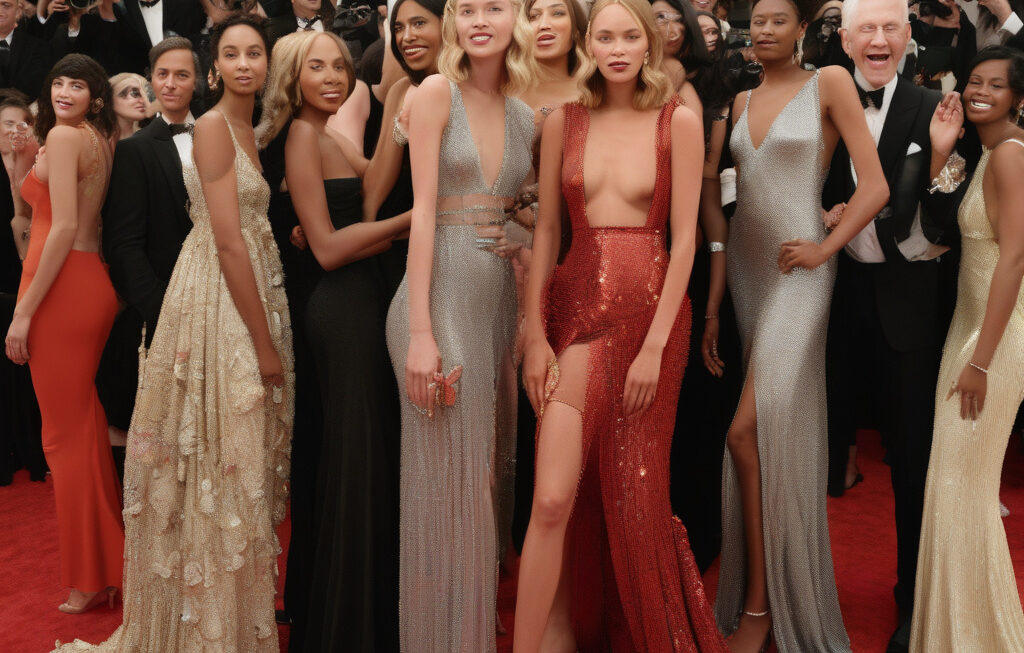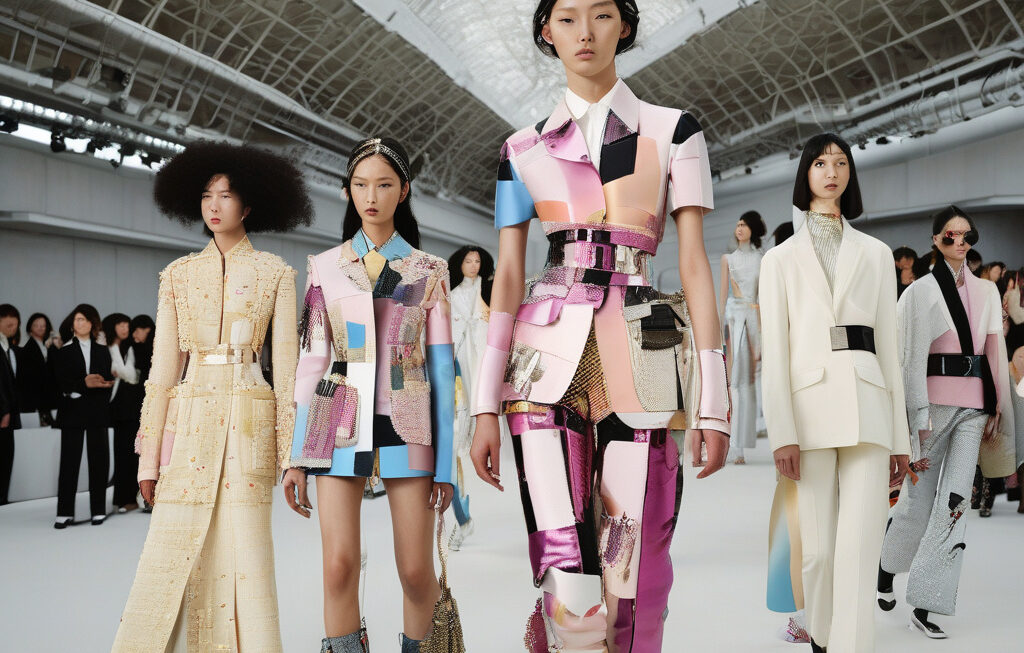Addressing Fashion’s Workplace Gender Gap
Gender discrimination in the workplace has long been a prevalent issue across various industries, and the fashion sector is no exception. The latest findings from BoF’s Fashion Employee Survey 2019 shed light on the challenges faced by employees in the fashion industry due to gender bias, highlighting the urgent need to address the gender gap within fashion workplaces.
The fashion industry prides itself on creativity, innovation, and forward-thinking design. However, behind the glamour and allure of the runway lies a stark reality of gender disparities that continue to persist in workplaces around the world. The BoF survey revealed that a significant number of fashion professionals have experienced gender discrimination in their careers, ranging from unequal pay and limited career advancement opportunities to workplace harassment and lack of representation in leadership roles.
One of the key findings of the survey is the disparity in pay between male and female employees in the fashion industry. Despite women making up the majority of the workforce in fashion, they are often paid less than their male counterparts for similar roles. This wage gap not only perpetuates inequality but also undermines the value of female employees’ contributions to the industry.
Moreover, the survey highlighted the lack of gender diversity in leadership positions within fashion companies. Women are underrepresented in top executive roles, with men holding the majority of leadership positions. This imbalance not only hinders women’s career progression but also limits the diversity of perspectives at the decision-making table, ultimately impacting the industry’s ability to innovate and evolve.
In addition to unequal pay and limited advancement opportunities, gender discrimination in the form of workplace harassment remains a pressing issue in the fashion industry. The survey revealed that a significant number of fashion professionals have experienced or witnessed harassment in the workplace, creating a toxic work environment that hampers productivity and well-being.
To address the gender gap in fashion’s workplace, industry leaders and stakeholders must take proactive steps to promote diversity, equity, and inclusion. This includes implementing policies and practices that ensure equal pay for equal work, creating mentorship and sponsorship programs to support the career advancement of women, and fostering a culture of respect and zero tolerance for harassment.
Furthermore, companies must prioritize gender diversity in their leadership recruitment and promotion processes to ensure that women have equal opportunities to rise to the highest ranks of the organization. By championing gender equality at all levels of the business, fashion companies can harness the full potential of their workforce and drive greater innovation and success.
In conclusion, the findings of BoF’s Fashion Employee Survey 2019 underscore the urgent need to address the gender gap in fashion’s workplace. By confronting gender discrimination, promoting diversity and inclusion, and creating a culture of equality, the fashion industry can create a more equitable and empowering environment for all employees to thrive and succeed.
#FashionIndustry, #GenderEquality, #WorkplaceDiversity, #Inclusion, #FashionCareers












